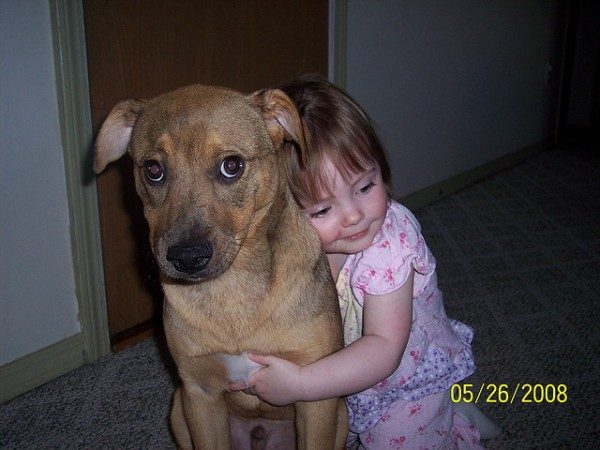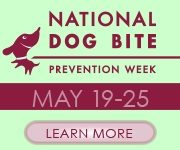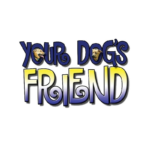Written by E. Foley
We often speak about what human behaviors a dog “tolerates.” In the photo above, the dog is tolerating being hugged by the young child. How can we tell?
- Eyes: Wide, can see the whites.
- Ears: Back.
- Mouth: Closed.
- Body: Stiff, leaning away from child.
We say the dog is “tolerating” being hugged because rather than flight (running away) or fight (biting), the dog is waiting for the hug to be over. He’s grinning and bearing it… without the grinning.
Humans and Tolerance
Humans are no stranger to this type of behavior. You tolerate the people in your life every day.
- Your nit-picky boss who micromanages you
- Your children who seem to create chaos wherever they go
- Your mother-in-law who is always critical
- Your spouse who has developed some weird quirks over the years
How Much Can You Handle?
The amount of your tolerance is related to the amount of love you have for the person (or in the case of your boss, the value of staying in that person’s good graces).
Here’s an example of tolerance in action!
You’re out shopping for some new pants. You grab a few pairs and head to the dressing rooms to try them on. You come out of your booth and walk to the big mirror to check out the fit when a complete stranger says, “Wow, your butt looks terrible in those.”
How do you react?
Surprise. (Whoa. I wasn’t expecting feedback.)
Anger. (Who are you to judge my butt? Back off and let me judge myself.)
Confusion. (Why are you talking to me, stranger?)
Sadness. (Even strangers notice how wide my butt is. I need to go back to the gym.)
All of the above?
Now replay the scene, except in place of the complete stranger, insert your closest friend. How does your reaction change?
Because you’ve built a relationship with your friend, you can likely laugh it off. You have probably given your friend similar feedback when they were trying on clothes. And maybe, once you see your butt in the mirror, you can agree: your butt does look terrible in those pants.
If it’s a complete stranger, I’ll bet you were angry or upset, even if you didn’t act on those emotions.
Who is Your Dog’s BFF?
Your dog has a good relationship with you. You made training fun! You feed your dog, take him out, play with him, and give him attention. This has all cemented your best friend forever (BFF) status with your dog. If you have children and they have helped with training, prepared your dog’s dinner, or thrown a ball to play fetch, they are also on your dog’s BFF list.
Because of that status, your dog will tolerate the strange things you do. He might tolerate being hugged and kissed. He might tolerate being pet on the head. He might tolerate being picked up.
He doesn’t like it, but he tolerates it because he loves you and trusts you.
It is important to remember that your dog may not tolerate those same activities from people who are not on his BFF list. While your toddler may have hugging privileges, your neighbor’s toddler does not. While you can pick up your small dog, a new groomer may be bitten. Watch your dog’s body language and remember that it is in everyone’s best interest to treat all dogs with respect.
…But What If?
Let’s go back to that shopping trip with your best friend. Imagine now that you’re shopping for black pants for a loved one’s funeral, and on top of that, you have a sinus headache. Oh, and the reason you’re shopping for black pants is because you’ve gained weight and no longer fit into the pair in your closet.
When your friend says, “Wow, your butt looks terrible in those pants,” does your reaction change?
Even thought you love your friend, your current state of mind puts you at a disadvantage. You’re not as tolerant because you’ve already used your emotional “spoons” on other things that day. You might snap at your friend. You might burst into tears. You might hold in your feelings at that moment and explode when you’re at home with your spouse. Whatever happens, it’s not going to be pretty!
My rescue dog, Titania, has significantly fewer spoons (i.e., less tolerance) when she’s not feeling well. Because she is a fearful dog, she already has the potential to bite strangers who approach her. We’ve worked on counter-conditioning since we adopted her and she has made great strides. Strangers can walk by us and she’ll give them an eye, but not react. And if a stranger approaches with a cookie, she’s willing to give them a shot at earning her friendship.
But if she’s not feeling well, that changes.
A sick Titania reverts back to the fear-reactive behaviors from when we first adopted her. She’s hypervigilant and will bark and lunge. Because I know she’s less tolerant when sick, we limit our social activities and play inside or in our back yard rather than going out.
Think About Your Dog
What situations deplete your dog’s “spoons” and thus, his ability to tolerate the strange things that humans do?
How can you adjust your daily routine to accommodate your dog if he’s having a bad day?
What are your dog’s signs of discomfort? Do your family members know how to spot them?


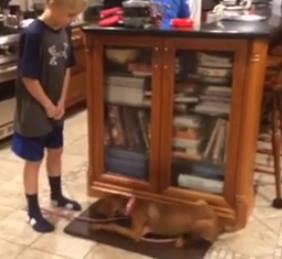
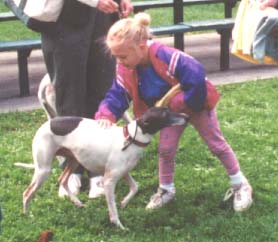 Looming, leaning, reaching, showing teeth and staring – that’s how most humans greet dogs.
Looming, leaning, reaching, showing teeth and staring – that’s how most humans greet dogs. 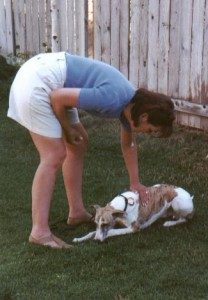
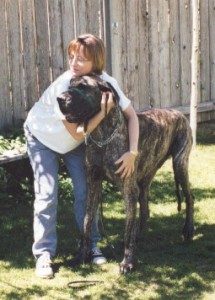

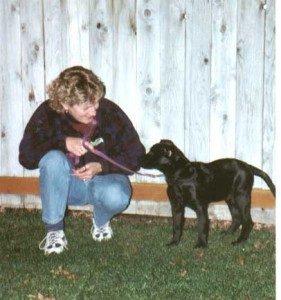
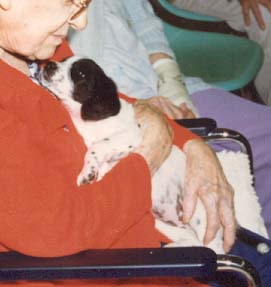
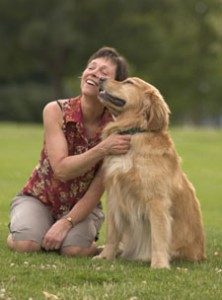 Soft squinty eye contact, leaning away, scratching his chest, not reaching over his head. Notice the dog is returning the squinty eyes and soft facial expression.
Soft squinty eye contact, leaning away, scratching his chest, not reaching over his head. Notice the dog is returning the squinty eyes and soft facial expression.